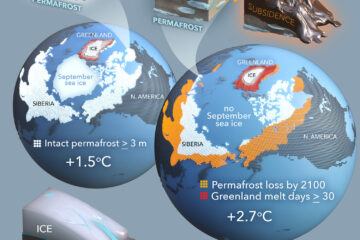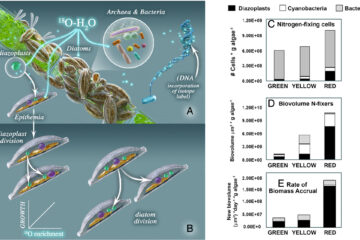A pan-Arctic synthesis of CH4 and CO2 production from anoxic soil incubations
Permafrost thaw can alter the soil environment through changes in soil moisture, frequently resulting in soil saturation, a shift to anaerobic decomposition, and changes in the plant community. These changes, along with thawing of previously frozen organic material, can alter the form and magnitude of greenhouse gas production from permafrost ecosystems. We synthesized existing methane (CH4) and carbon dioxide (CO2) production measurements from anaerobic incubations of boreal and tundra soils from the geographic permafrost region in order to evaluate large-scale controls of anaerobic CO2 and CH4 production and compare the relative importance of landcape-level factors (e.g., vegetation type and landscape position), soil properties (e.g., pH, depth and soil type), and soil environmental conditions (e.g., temperature and relative water table position). We found five-fold higher maximum CH4 production per gram soil carbon from organic soils than mineral soils. Maximum CH4 production from soils in the active layer (ground that thaws and refreezes annually) was nearly four times that of permafrost per gram soil carbon, and CH4 production per gram soil carbon was two times greater from sites without permafrost than sites with permafrost. Maximum CH4 and median anaerobic CO2 production decreased with depth, while CO2:CH4 production increased with depth. Maximum CH4 production was highest in soils with herbaceous vegetation and soils that were either consistently or periodically inundated. This synthesis identifies the need to consider biome, landscape position, and vascular/moss vegetation types when modeling CH4 production in permafrost ecosystems and suggests the need for longer-term anaerobic incubations to fully capture CH4 dynamics. Our results demonstrate that as climate warms in arctic and boreal regions, rates of anaerobic CO2 and CH4 production will increase, not only as a result of increased temperature, but also from shifts in vegetation and increased ground saturation that will accompany permafrost thaw. This article is protected by copyright. All rights reserved


